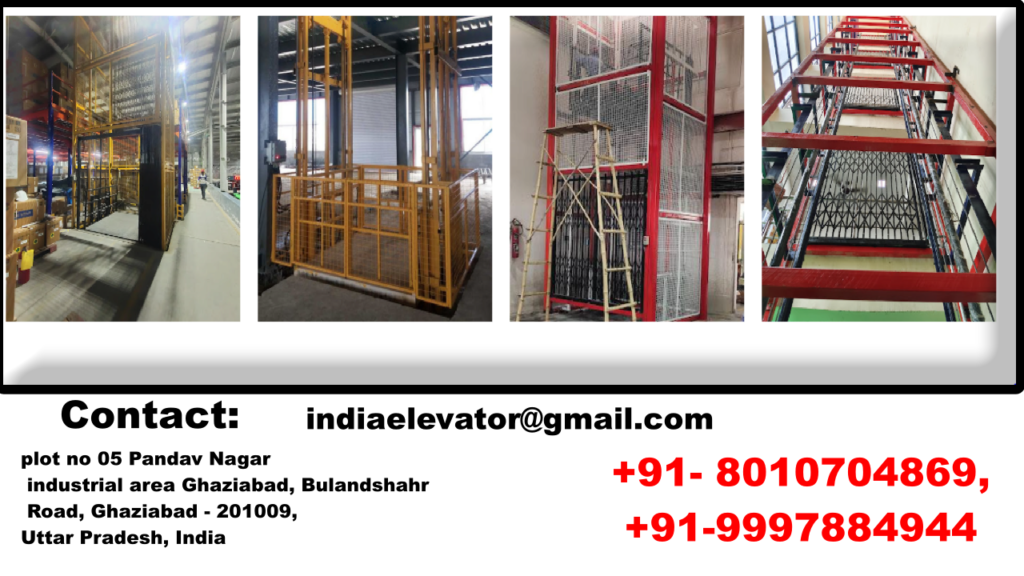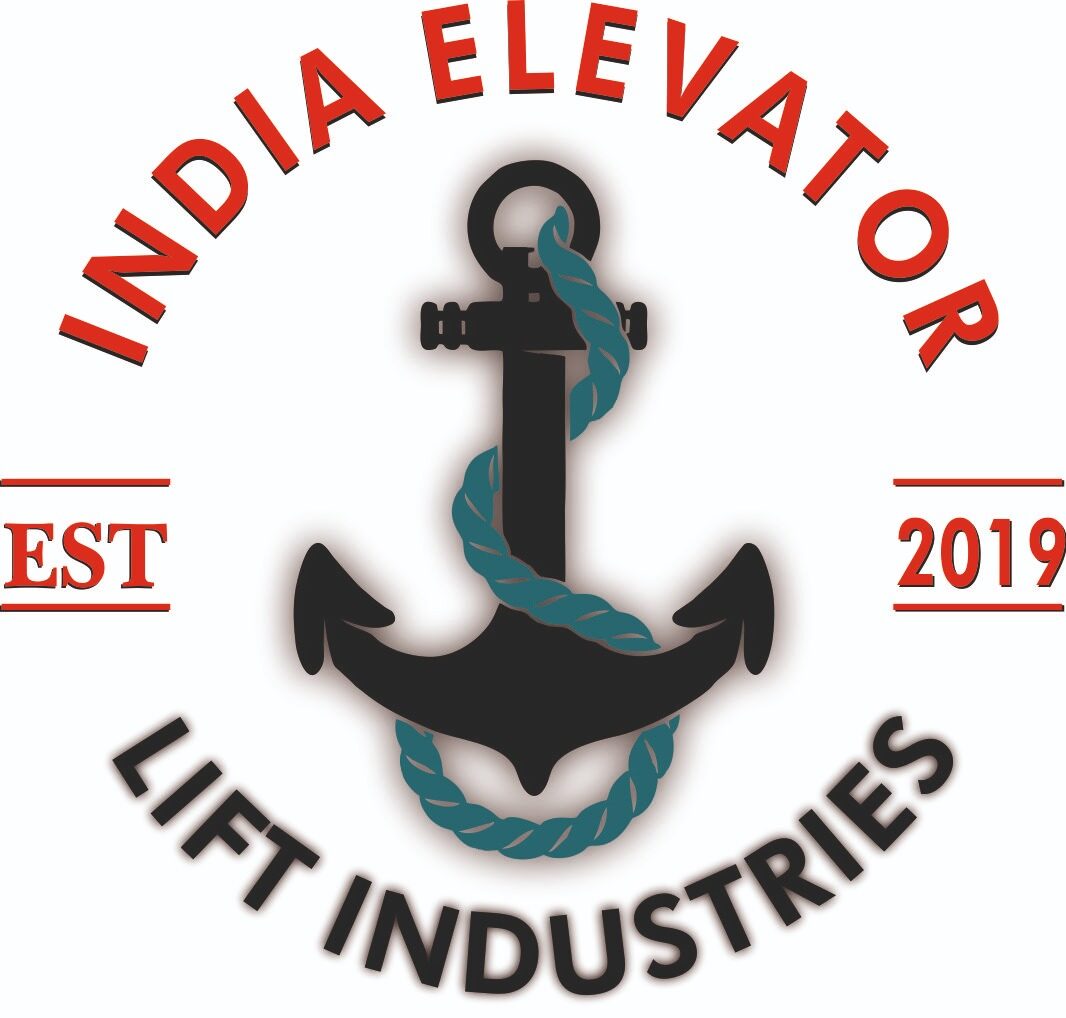In this article, I will tell you about what is Hydraulic Goods Lift and their uses. or how many types have hydraulic goods lift? and which best manufacturing company for buying hydraulic goods lift.

What is Hydraulic Goods lift?
A hydraulic goods lift is a type of mechanical Elevator device that uses hydraulic power to raise and lower heavy loads. It typically consists of a platform, a hydraulic cylinder, and a control system, and is used for moving heavy items between different levels in a building or warehouse.
The platform is raised and lowered by the hydraulic cylinder, which is powered by hydraulic fluid under pressure. The control system regulates the fluid flow and pressure to control the movement of the platform.
Types of Hydraulic Goods Elevator?
There are several types of hydraulic goods elevator, including:
- Scissor lift: This is the most common type of hydraulic goods lift. It consists of interlocking metal beams that form a scissor-like structure, with the platform suspended from the upper beams. When the hydraulic cylinder extends, it lifts the platform to the desired height.
- Vertical lift: A vertical lift moves the platform straight up and down. It is often used for moving heavy loads through narrow openings or when floor space is limited.
- Cantilever lift: A cantilever lift is a type of hydraulic lift that extends horizontally from a vertical support column. It is useful for transporting goods in areas where the lift needs to be located away from walls or other obstacles.
- Goods lift with automatic doors: This type of hydraulic goods lift has doors that open and close automatically, providing a secure and convenient way to move goods.
- Custom hydraulic goods lift: This type of hydraulic lift can be designed and manufactured to meet specific requirements and applications, such as lifting oversized loads or transporting goods in hazardous environments.
What Benefits of Hydraulic Goods lift?
The benefits of using a hydraulic goods lift include:
- Increased efficiency: Hydraulic goods lifts can transport heavy loads quickly and easily, reducing the time and effort required to move goods between different levels.
- Improved safety: Hydraulic lifts can minimize the risk of injury to workers, as they can be used to lift heavy loads without manual handling.
- Space-saving: Hydraulic lifts take up minimal floor space, making them ideal for use in buildings and warehouses with limited space.
- Customization: Hydraulic lifts can be designed and built to meet specific needs, such as lifting large or irregularly shaped loads.
- Reliability: Hydraulic lifts are reliable and durable, making them a long-term investment for businesses.
- Cost-effective: Hydraulic lifts can save businesses money by reducing the need for manual labor and increasing efficiency.
- Versatility: Hydraulic lifts can be used for a wide range of applications, such as transporting goods, equipment, and materials in warehouses, factories, and other industrial settings.
Features of Hydraulic Goods Elevator?
Some common features of hydraulic goods lifts include:
- Hydraulic power system – lifts are powered by a hydraulic cylinder and pump system.
- Load capacity – they can carry heavy loads, ranging from several hundred pounds to several tons.
- Versatility – they can be used in a variety of settings, such as warehouses, factories, and multi-story buildings.
- Customizable height – they can be designed to reach specific heights and have adjustable platforms to accommodate different types of loads.
- Safety features – they come equipped with safety features such as overload protection, emergency stop buttons, and automatic leveling systems.
- Ease of use – they are typically easy to operate with simple controls, making them suitable for use by a wide range of operators.
- Durability – they are built to withstand frequent use and are constructed from high-quality materials to ensure long-lasting operation.
How to manufacturers companies make Hydraulic Goods lift?
A hydraulic goods elevator is typically manufactured using the following steps:
- Design and planning: The manufacturer creates detailed design plans for the lift, taking into account the size and weight of the loads it will carry, the height it will reach, and the environment in which it will be used.
- Fabrication: The lift’s platform, frame, and supporting components are fabricated using steel or other suitable materials.
- Assembly: The various components are assembled and welded together to form the complete lift structure.
- Hydraulic system installation: The hydraulic cylinder, pump, and control valves are installed and connected to the lift’s platform and frame.
- Electrical installation: The lift’s electrical system, including motors, switches, and control panels, is installed and connected.
- Testing: The lift is tested to ensure it meets design specifications and that it operates safely and smoothly.
- Final finishing: The lift is painted or coated with a protective finish and any final adjustments are made.
- Delivery and installation: The lift is delivered to the customer and installed at the desired location.
The exact manufacturing process may vary depending on the specific design and specifications of the lift, as well as the equipment and facilities available to the manufacturer.
